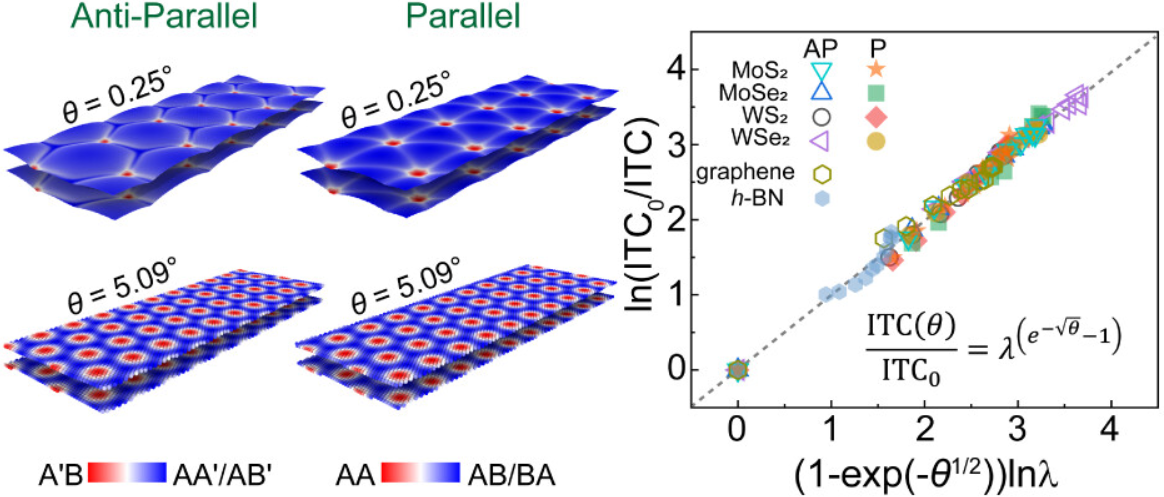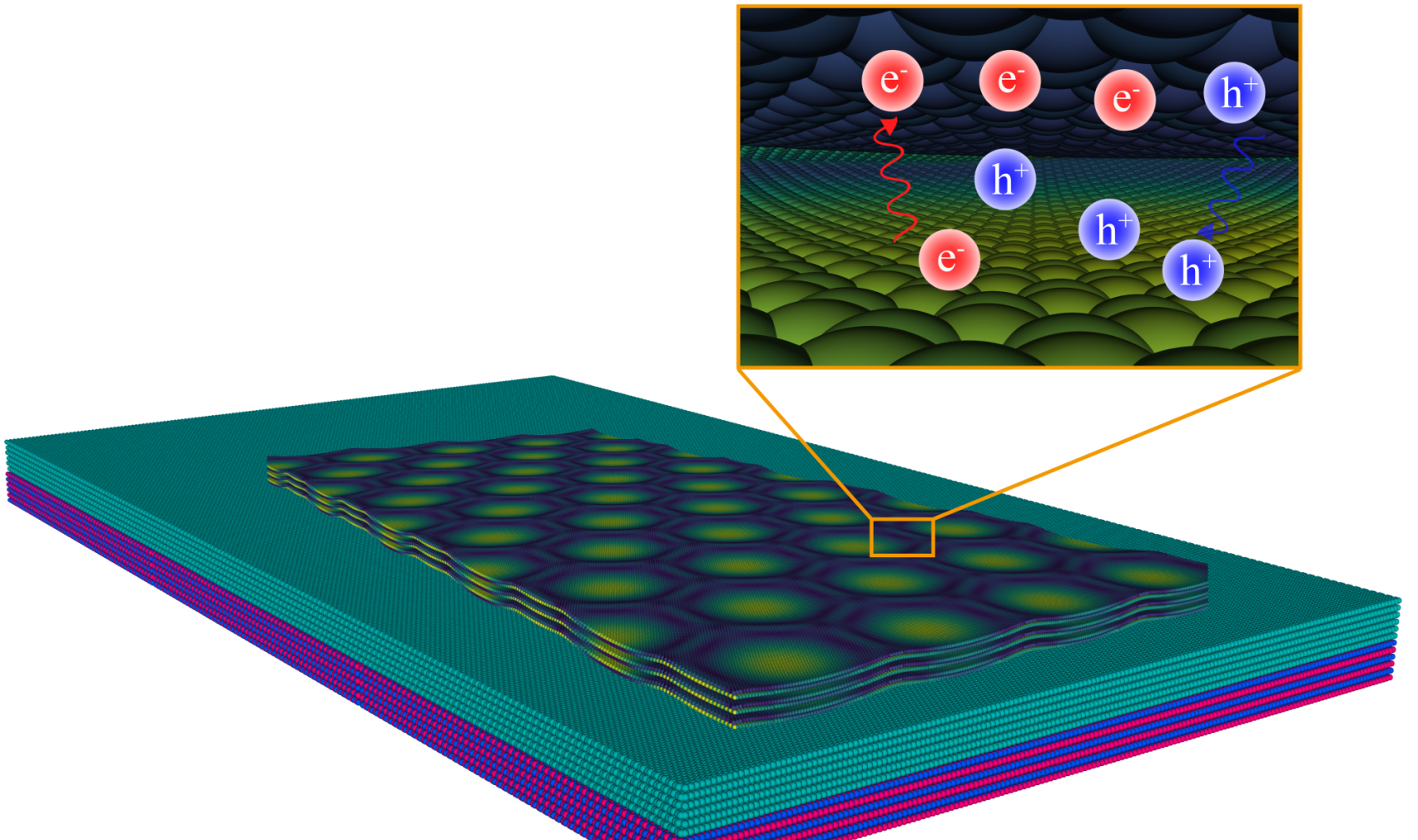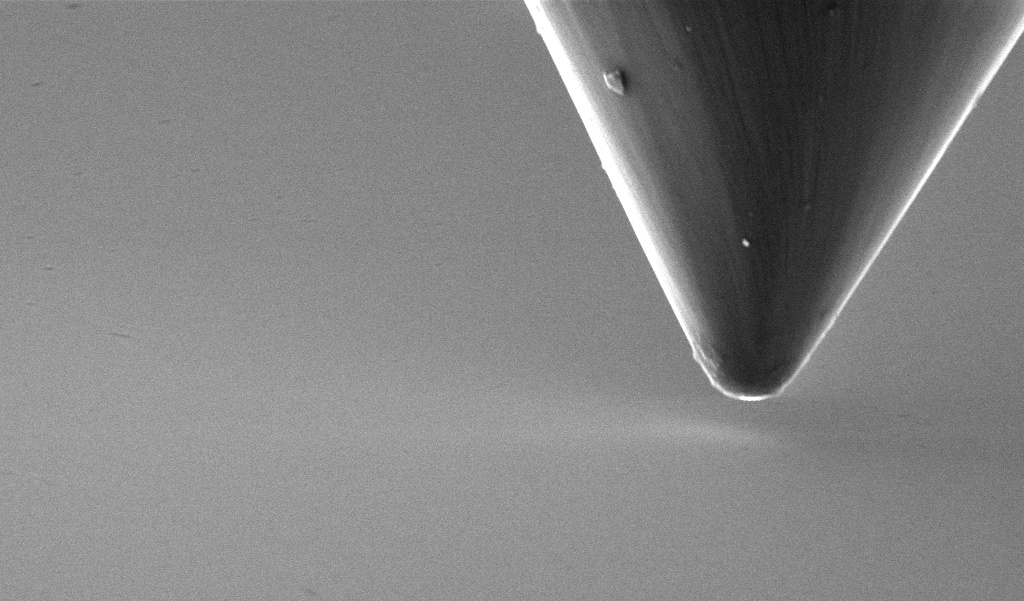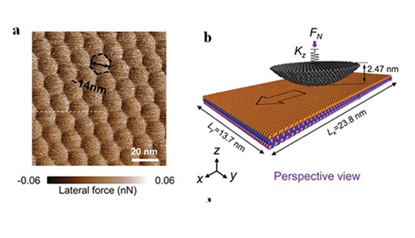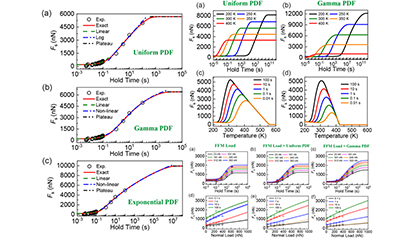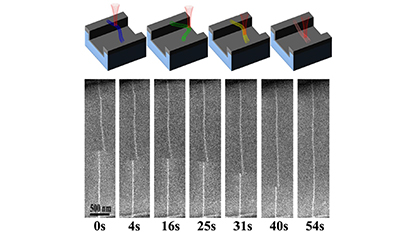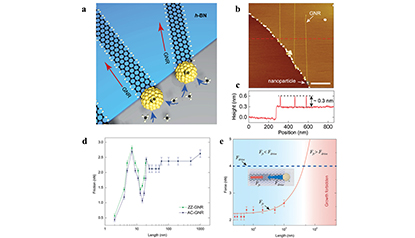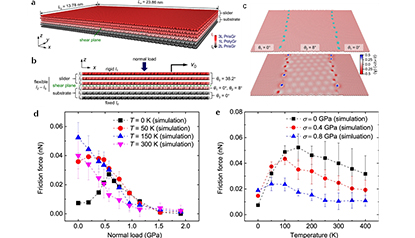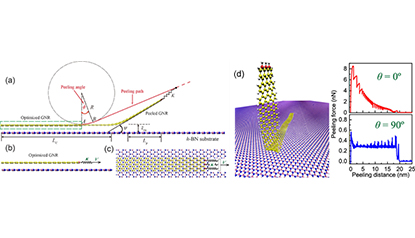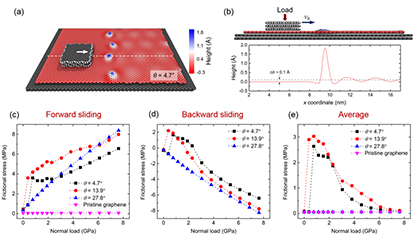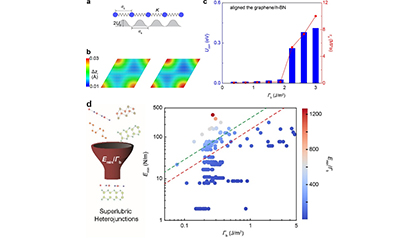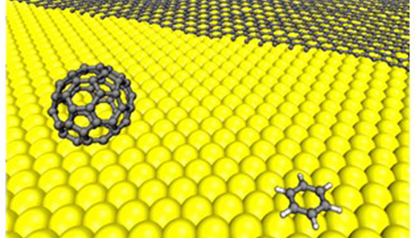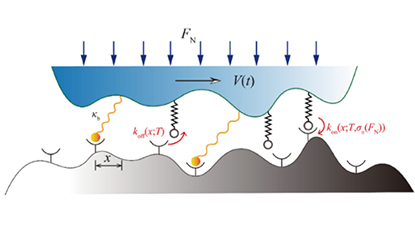-
Home
- Research
-
High-resolution In-situ Measurement of Nanoscale Friction and Wear
-
Non-Equilibrium Dynamics of van der Waals Interfaces
-
Multi-Scale Computational Methods for the Simulation and Design of Structural Superlubricity Systems
- News
- Publications
-
Selected Publications
- Publications
-
Patents/Software Copyrights
-
Monographs
-
Research Projects
-
Software/Codes
- Members
News




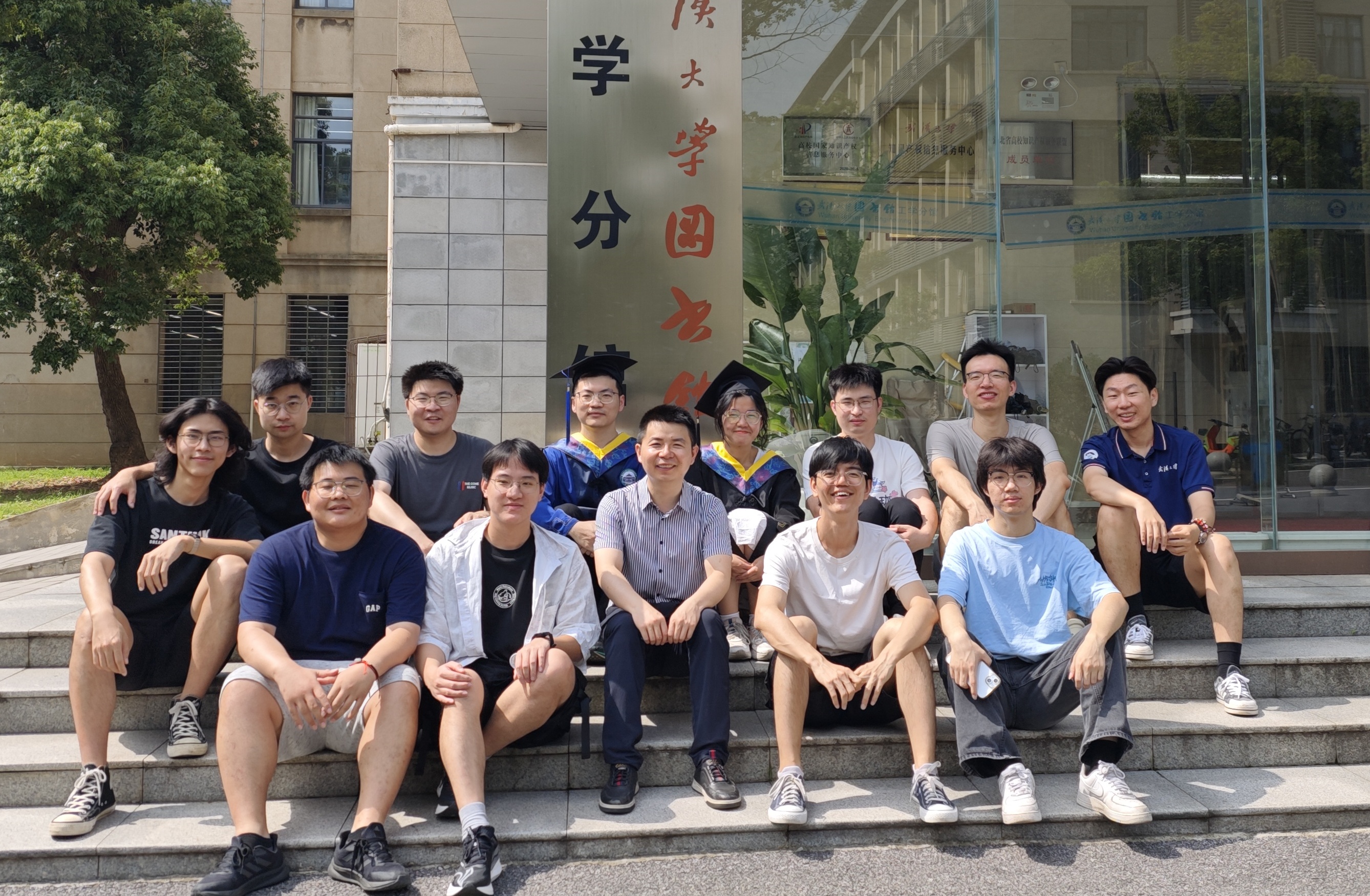
Join Us
Our research group regularly recruits master's and doctoral students, as well as postdoctoral fellows. If you are interested, please contact the PI.
More
w.g.ouyang@whu.edu.cn - Research




